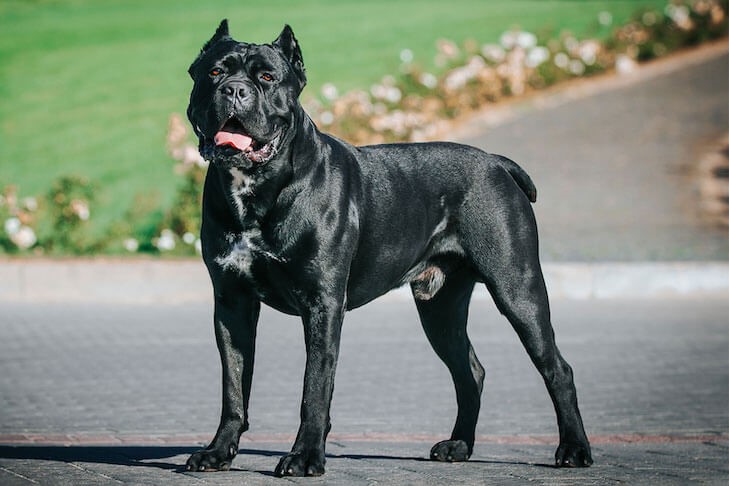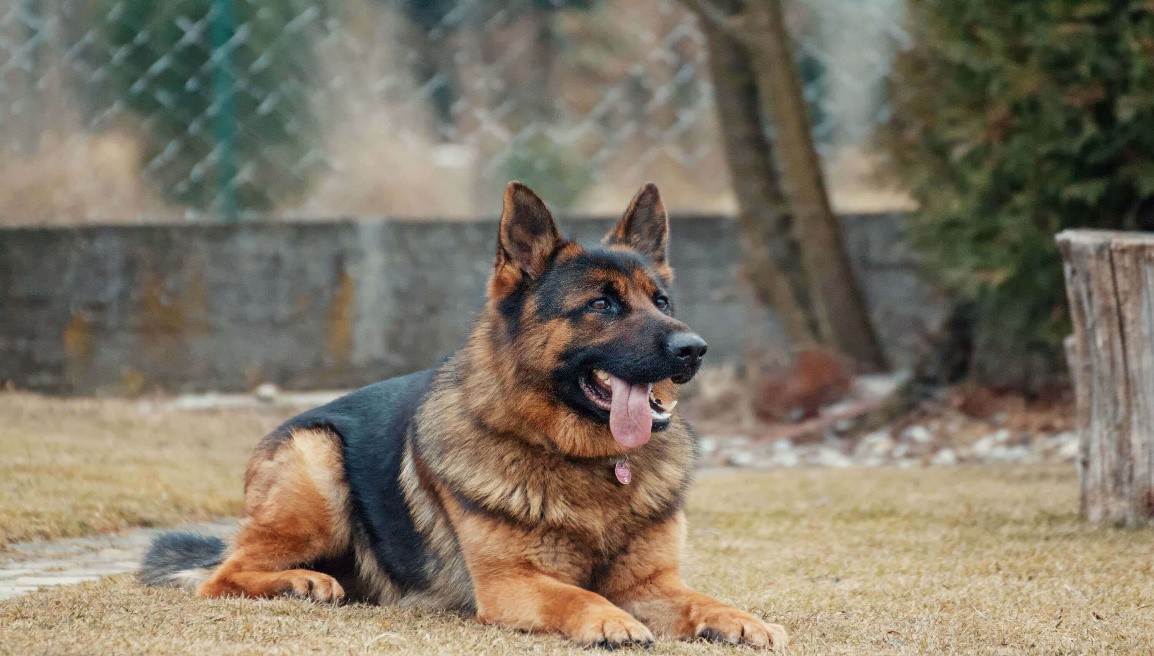 By Dr Ibikunle Faramade
By Dr Ibikunle Faramade
What is Aggression?
Aggression is a display of viciousness by dogs. It is a means by which dogs show that they are in control of a particular territory. After marking their territories, they take possession of the local environment with seriousness, especially, guard dogs such as Rottweiler, German shepherd, Cane Corso, Bull Mastiff etc. Their aggression is directed towards strangers who they consider as intruders into the environment.
Their ability to differentiate between the immediate occupiers of the house where they guard from strangers is due to their capacity to use their sense of smell and sound perception through auditory processing in a humanly unbelievable ways. Dogs have between 10, 000 to 50, 0000 sensory neurons dedicated to scent perception. This is akin to saying that for every one sensory neuron in the nostrils of humans, a dog has fifty.


As per hearing, dogs could register sounds of 35,000 vibrations per second (compared with 20,000 per second in humans) making them able to react to sound that is four times further away than humans. With this biological arsenals, no dog should show aggressive tendencies to those who care for it in the environment. It should be noted that, if one owns a dog and commit the care of the dog to someone, even in the hoiusehold, without any familiarity between that dog and the owner, the dog would consider the person as alien and could charge at the person as though he was an external intruder.
A popular Yoruba saying “ti aja ba n sin win, oye k’o mo oju olowo re” “sin win” in this context talks of aggression not madness as in rabies condition. In rabies disease, the dog is already mentally deranged and could not account for whatever it is doing! In effect, aggression that is directed at strangers is protective of the territory that the dog is put in charge.


However, through effective obedience training, a dog that is charging at the stranger, in the presence of the owner could be effectively controlled by the owner through issuance of commands. In summary, aggression could be a normal behavior when it is protective of itself or a definite environment. Signs of aggression include growling, staring, snapping, teeth flaring, standing straight with pointed ears, and subtle predator barks. Aggressive and reactive dog behavior also includes lunging and biting. Other types of aggression as enumerated below:
Possessive Aggression: Stems from a desire to protect or claim possessions like toys, food, or other items.
Defensive Aggression: A perception of a threat or danger to their well-being leads to defensive aggression.
Fear Aggression: A display of aggression when a dog feels frightened or threatened in a particular situation.
Social Aggression: Aggression arising from social interactions, often related to competition for status or resources among dogs.
Redirected Aggression: Aggression directed at a target different from the source of their frustration or arousal.
Predatory Aggression: Instinctual aggression happens during hunting or chasing behaviors, particularly to moving objects.
Sex-related aggression: This happens because of reproductive instincts, such as competition for mates or territory.
Pain-Elicited Aggression: Aggression triggered by pain, discomfort, or illness that makes the dog more irritable and prone to fierce reactions.
Are All Dogs Aggressive? Yes. Aggression is resident in the biological make up of dogs, but the intensity of expression differs. Some dogs are moderate in their temperament, some are easily irritable while some are at the low level in the spectrum of aggression.
What Are The Causes of (Unguarded) Aggression?
- Lack of early puppy handling: a new puppy will always view the owner as either its mother or a litter mate. When a puppy considers the owner as a littermate, it may growl. If you don’t have control over it as early as this period, it may grow up to become a dog with domineering tendencies.
- Lack of obedience training and socialization: Obedience training is important for dogs. This could be done by the owner if he has time and experience to take the dog through the training. If not, professional help should be sought early. The younger the dog the better. Remember you cannot teach an old dog new tricks!
- Dog abuse (isolation i.e. solitary kennels) Keeping dogs in facilities that resemble solitary confinement in which the dog has no opportunity to interact with humans or dogs could promote aggression in such dog. Boredom in dogs have a lot of effect on their mood, sense of judgment and temperament.
- Heredity: Some dogs are dangerous in terms of relationship. Breeds such as pit-bull has been outlawed in many countries because of this.
To be concluded next week
Dr. Ibikunle Faramade is a veterinary pathologist, sustainable development practitioner, animal welfare advocate and a lecturer at the Federal College of Animal Health & Production Technology, Apata. Ibadan. He’s the C.E.O of the Society for Animal Rights Protection, a non-profit and a non-governmental organization dedicated to the promotion of animal welfare, animal rights and prevention of cruelty to animals. animalrightsprotection2020@gmail.com , +2348028305284



